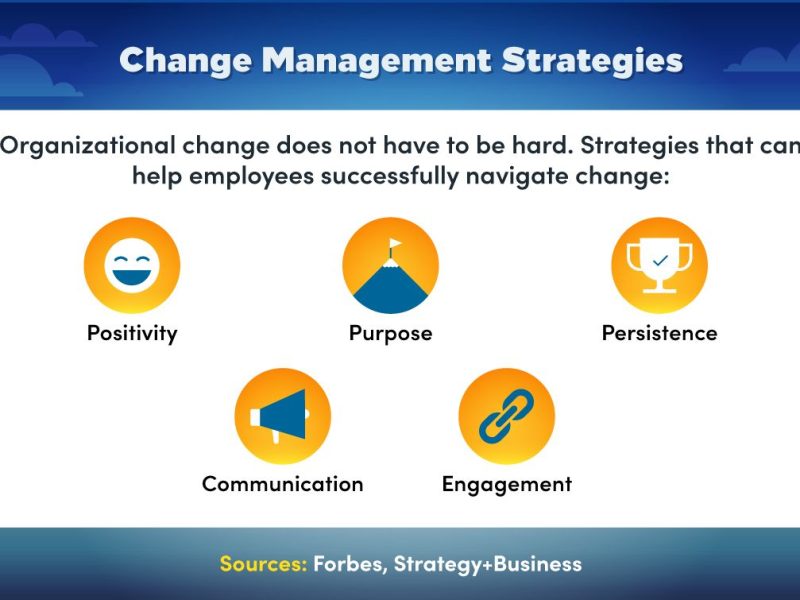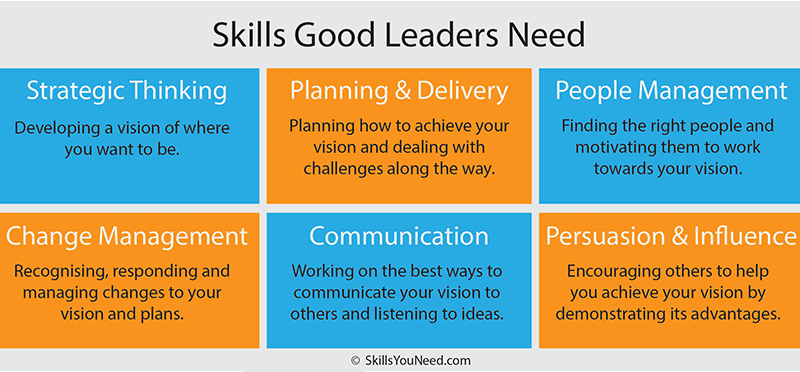Website performance plays a crucial role in providing a positive user experience. In today’s digital age, users expect websites to load quickly and navigate seamlessly. A slow-loading website can lead to high bounce rates and ultimately, loss of potential customers. Therefore, optimizing website performance should be a top priority for any online business.
Factors Affecting Website Performance
There are several factors that can impact website performance, including:
Server response time
Large image and video files
Excessive use of plugins and scripts
Unoptimized code
Best Practices for Website Optimization
1. Minimize HTTP Requests
Reduce the number of elements on your website that require an HTTP request, such as images, scripts, and stylesheets. Combining multiple files into one can help reduce loading times.
2. Optimize Images
Compress images to reduce file size without compromising quality. Use the correct file format (JPEG for photographs, PNG for graphics) and consider lazy loading images to improve load times.
3. Enable Browser Caching
Browser caching stores static resources, such as images and CSS files, on a user’s device. This reduces the need to re-download these resources each time a user visits your website, resulting in faster load times.
4. Minify CSS and JavaScript
Remove unnecessary spaces, comments, and characters from CSS and JavaScript files to reduce file sizes. This can significantly improve load times and overall website performance.
5. Use Content Delivery Networks (CDNs)
CDNs distribute your website’s files across multiple servers around the world to deliver content faster to users. This can help reduce latency and improve website performance for users in different geographic locations.
Measuring and Monitoring Website Performance
It’s essential to regularly measure and monitor your website’s performance to identify areas for improvement. Tools like Google PageSpeed Insights, GTmetrix, and Pingdom can help you analyze load times, page sizes, and other performance metrics.
Conclusion
Optimizing website performance is key to providing a positive user experience and driving online success. By following best practices such as minimizing HTTP requests, optimizing images, enabling browser caching, and using CDNs, you can enhance website performance and keep users engaged. Regularly measuring and monitoring performance metrics will help you identify areas for improvement and ensure your website continues to deliver a seamless and fast browsing experience for visitors.


